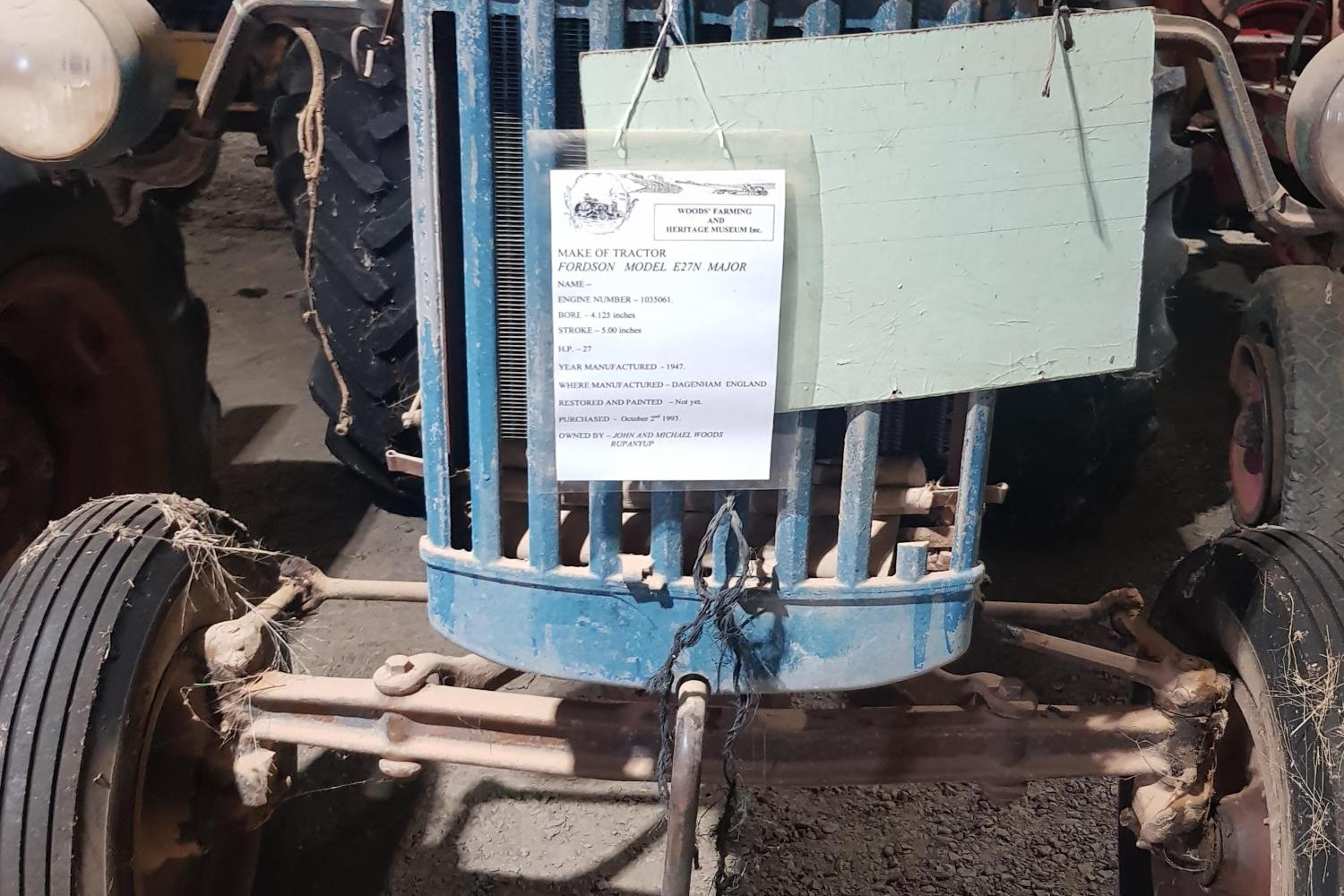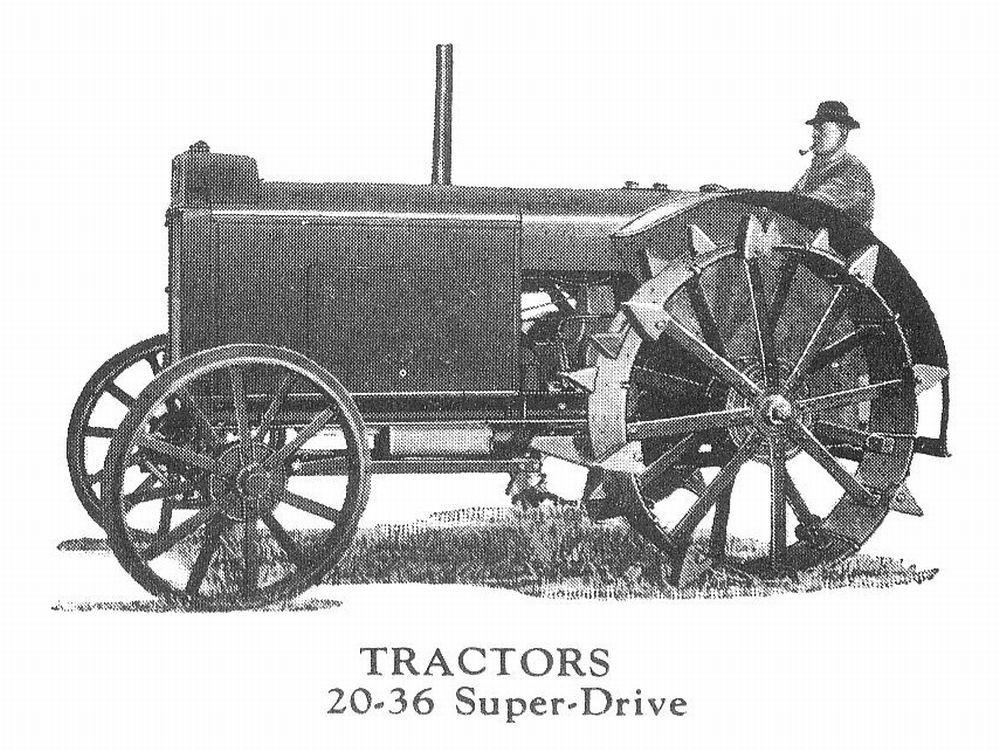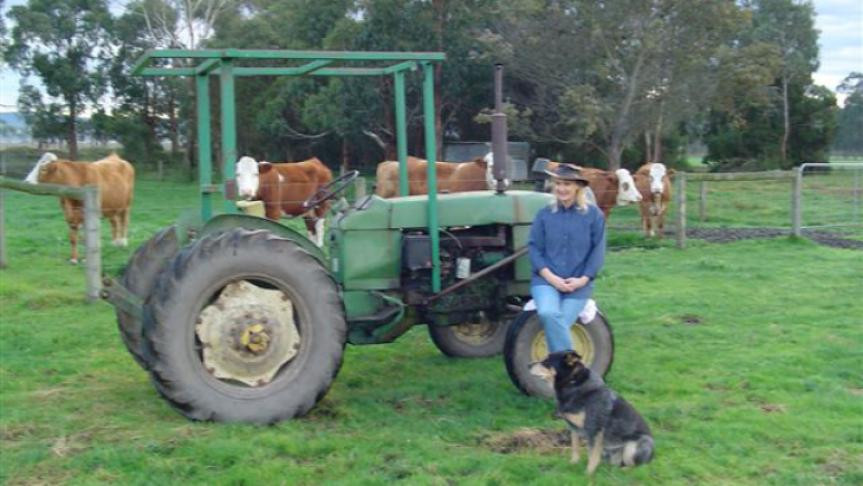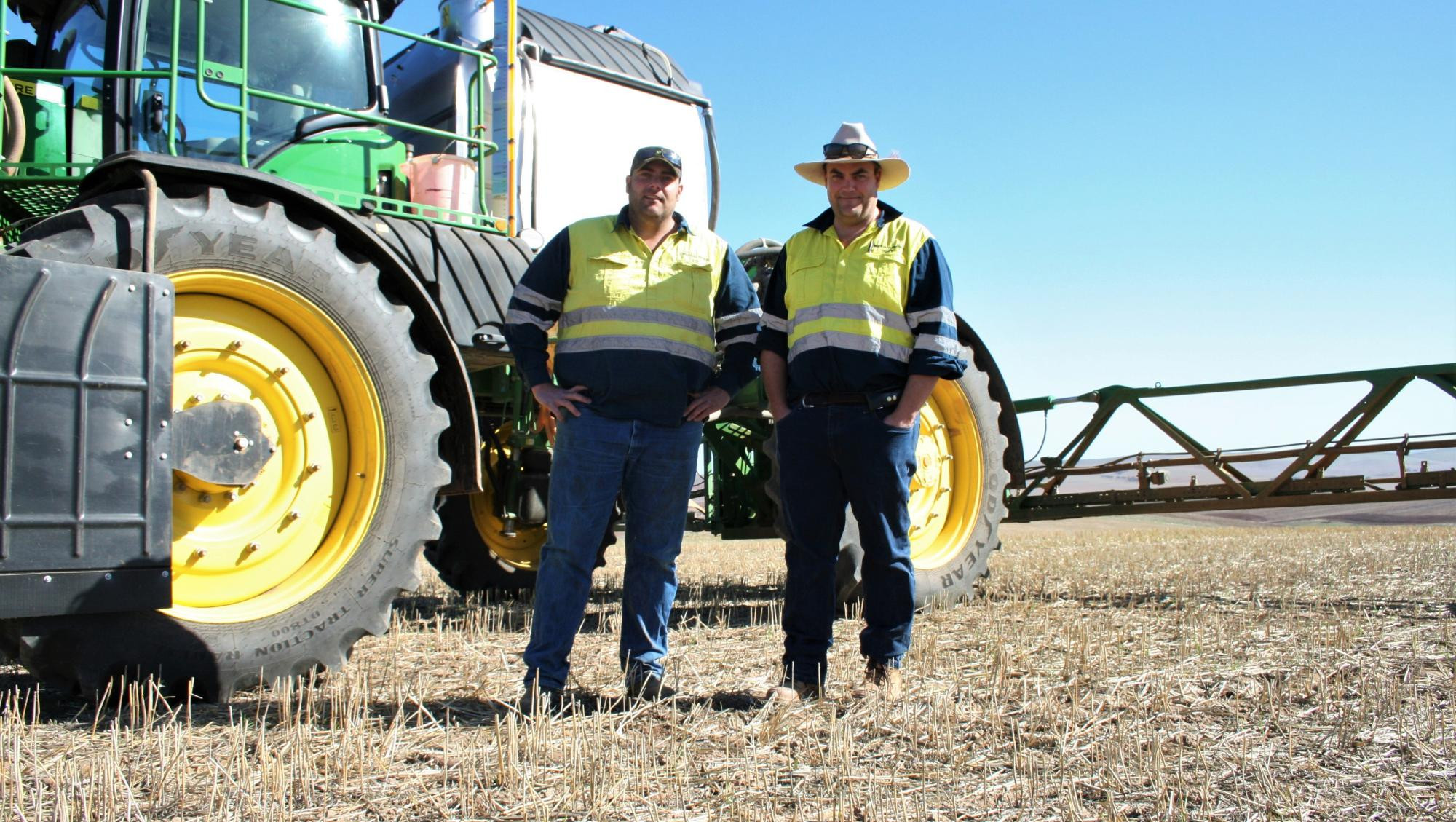Machinery
26 February, 2025
Big-tractor field days for the Wimmera, advancement through technology
Wimmera Field Days gets ready to roar into action for the agriculture event of the year

As crowds converge on the Wimmera Machinery Field Days in March and if the 2025 Big Tractor theme is anything to go by, there will be the biggest and the best in machinery on offer and some big ticket price tags.
From stick ploughs to remote-driven machinery and autonomous agriculture, food production is now as reliant on technology as it is on the weather.
Australia's climb to recognition on the world stage of successful agriculture production has progressed from the time of the settlement of Australia, when cultivation was done by hand, to some of the latest technological practices.
Some of the strongest memories Dimboola resident 101-year-old Ian McRae had about life on the farm included the first tractor the family bought for the farm and, along with that purchase, his father's belief that it wouldn't be any better than the horses.
"Dad was loath to get rid of the horses; he thought they were more reliable than the tractor would be, and he probably thought he was proven right when the tractor became bogged one day and had to be rescued by the horse team'" he said.
The first tractor to be used on Australian soil is believed to be an Ivel tractor brought from England in 1903.
Horses were primarily used for ploughing and other labour-intensive tasks until the invention of the steam-powered tractor in the 19th century.
The Imperial Oil Tractor, manufactured in 1908, is believed to be the first Australian tractor manufactured.
Then, the introduction of petrol and kerosene-powered tractors in the early 1900s followed the steam engines.
The popular Fordson and John Deere models emerged in the 1920s-1940s.

Henry Ford, the founder of the Ford Motor Company, introduced the Fordson Model F in 1917.
It was the first mass-produced tractor that was affordable and reliable.
It could be described as the Holden of farming machinery made for the land and the climate, even though a Ford manufactured it!
However, the John Deer brand, launched in 1918, must also be acknowledged for gaining the title of one of the most successful tractor models in history due to its affordability and reliability.
The adoption of diesel-powered tractors and hydraulic systems in the mid-20th century and the integration of GPS technology and autonomous tractors in recent decades have kept pace with the world.

GPS technology in tractors allows for precision agriculture. It must be one of the most significant developments in this era, with cameras on spray booms identifying weeds and poison dosages for individual plants, removing the need for blanket spraying of pesticides and weed killers.
Fifth-generation Dooen farmer Percy Puls said technology has changed farming, and the methods he sees his sons Gavin and David use on the generational farm have greatly improved the yield and land care.
"You know the booms have cameras that identify the weeds and they can spray them individually," he said.
Autonomous tractors can perform tasks without human intervention, relying on advanced sensors, cameras, and artificial intelligence to navigate and operate, and have taken agriculture to another level entirely.
Remote control tractors and machinery may take longer to gain favour in any significant way. Still, they are in use, and users have been quoted to say they are a time and labour-saving inclusion in the industry.
This may be the case, but many farmers say they enjoy the solitude of the lone time on the tractor, be it daytime or in the moonlight.
Time to think and plan..

Autonomous farming uses robots and machines instead of people to work on big and small arms, and we'll see reduced workforce opportunities with this addition to farming.
John Deer forecasts battery-powered autonomous tractors will reach Australian farms by 2026
While they have potential benefits, there are also challenges and limitations some experts say.
Some operations work for specific tasks, but farming often needs human skills that robots cannot provide so the future of agricultural practices will be interesting..